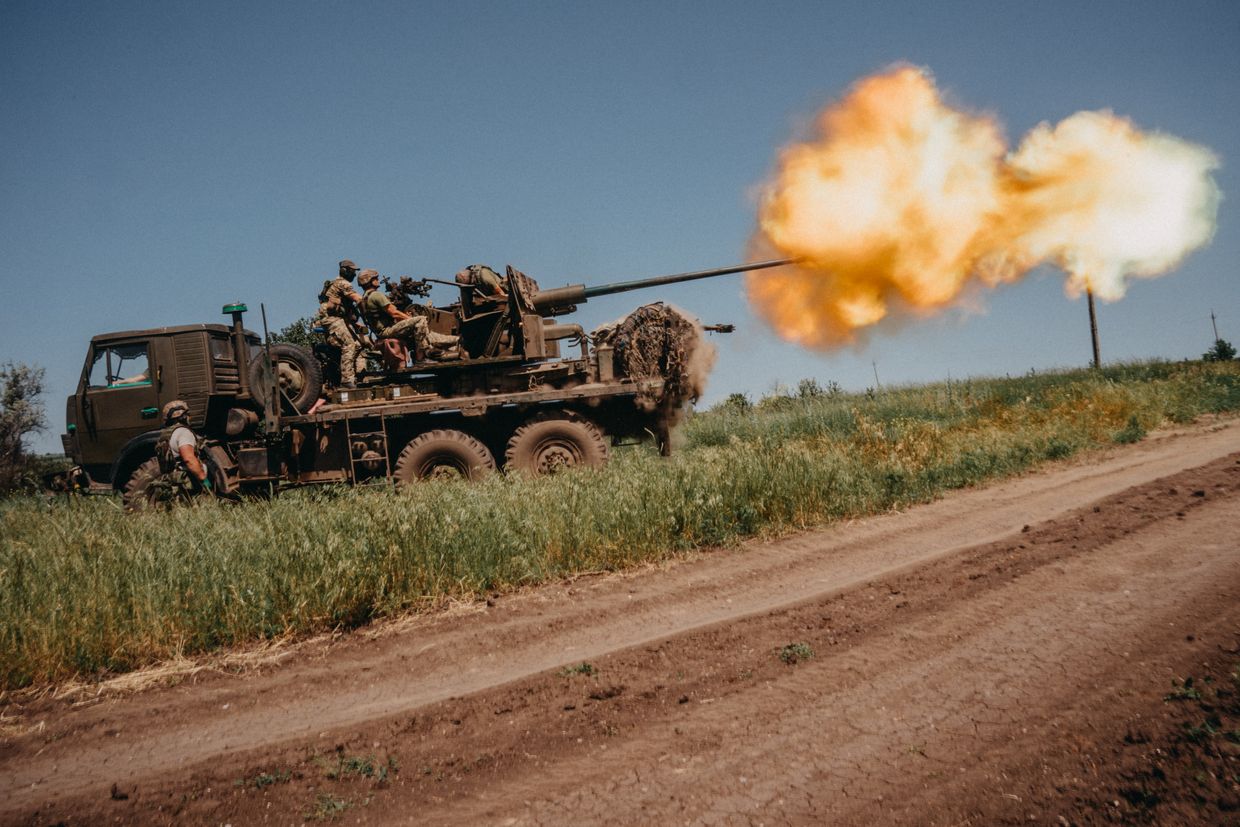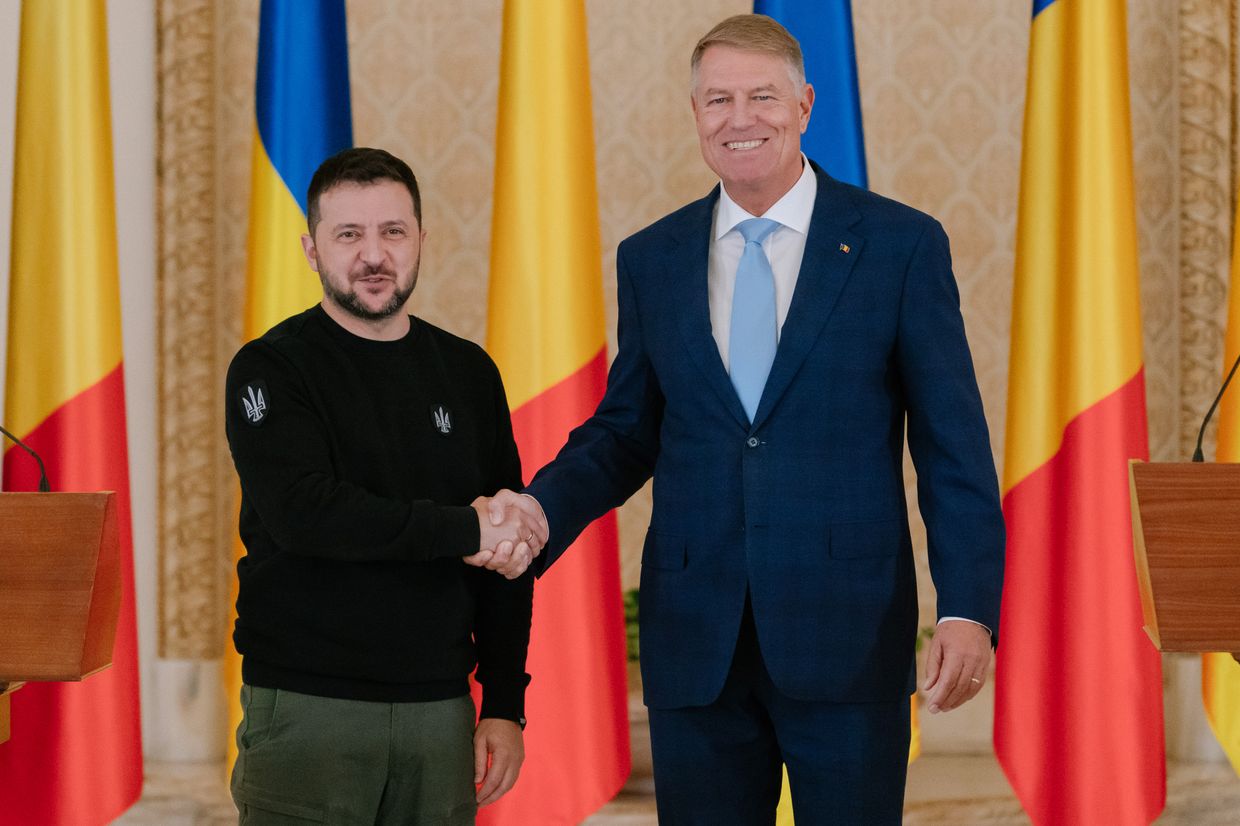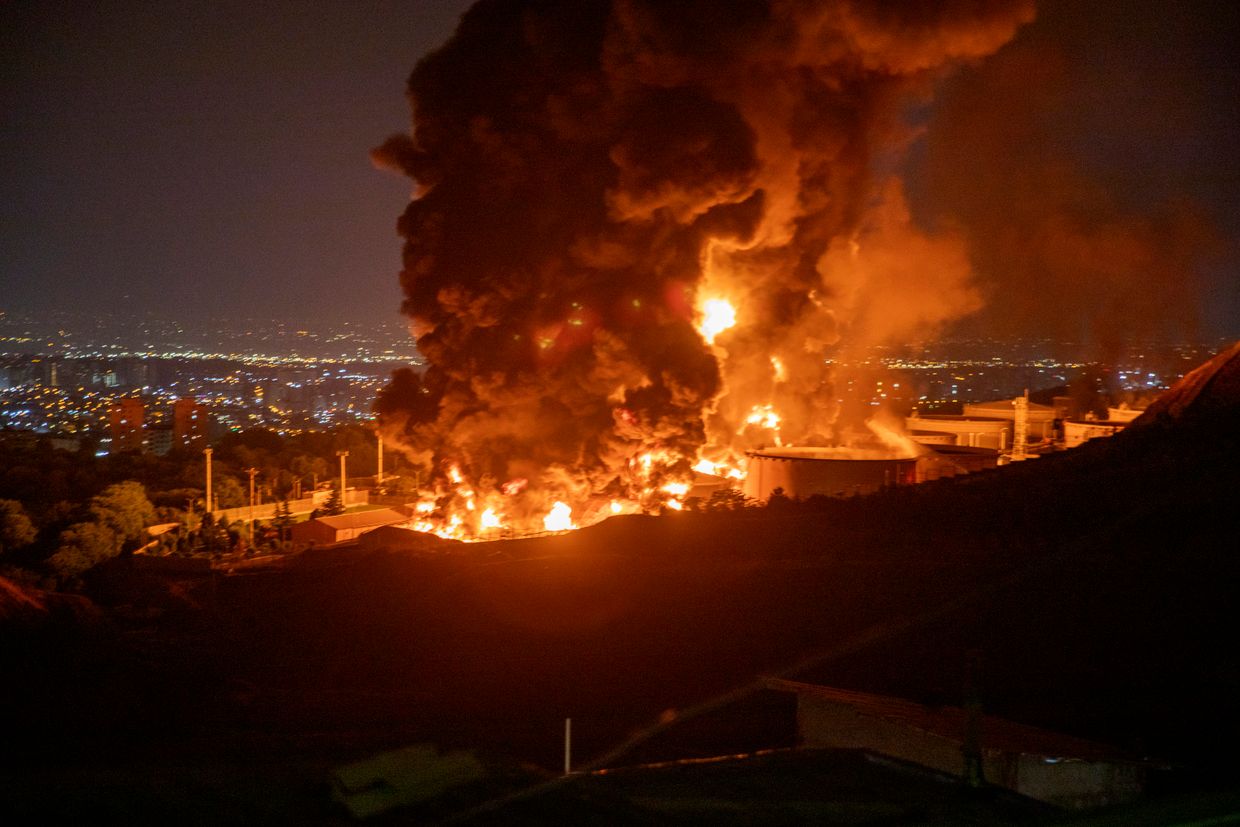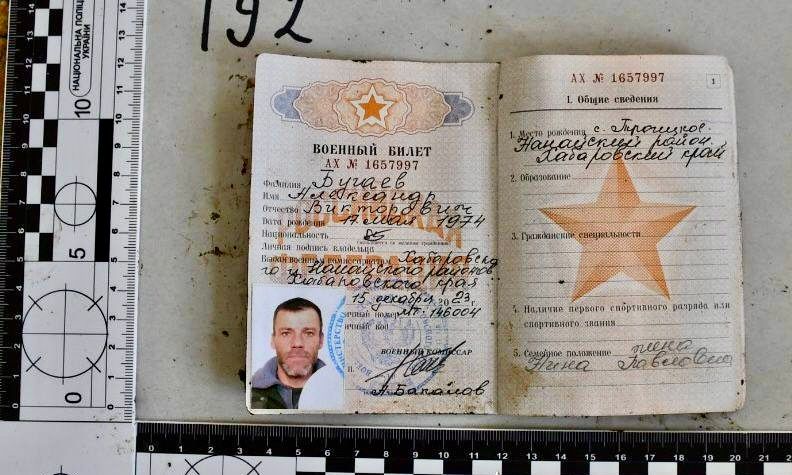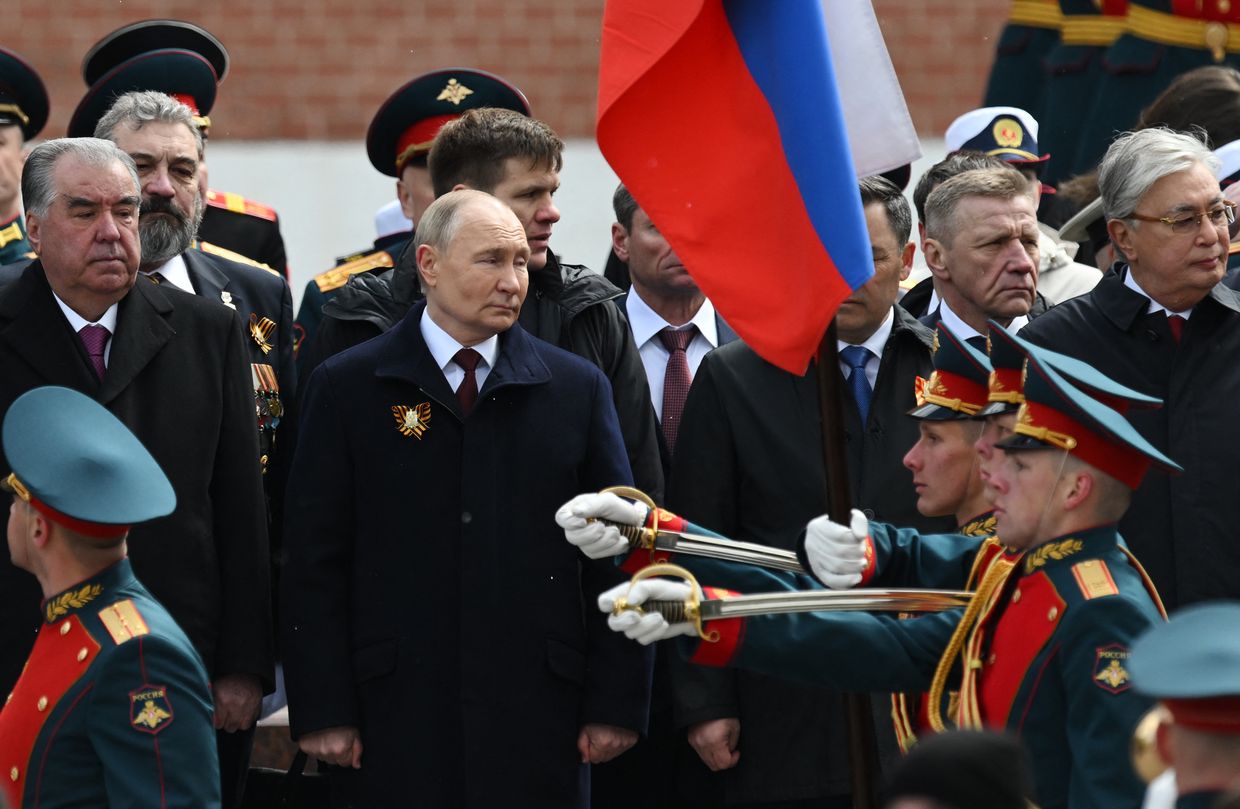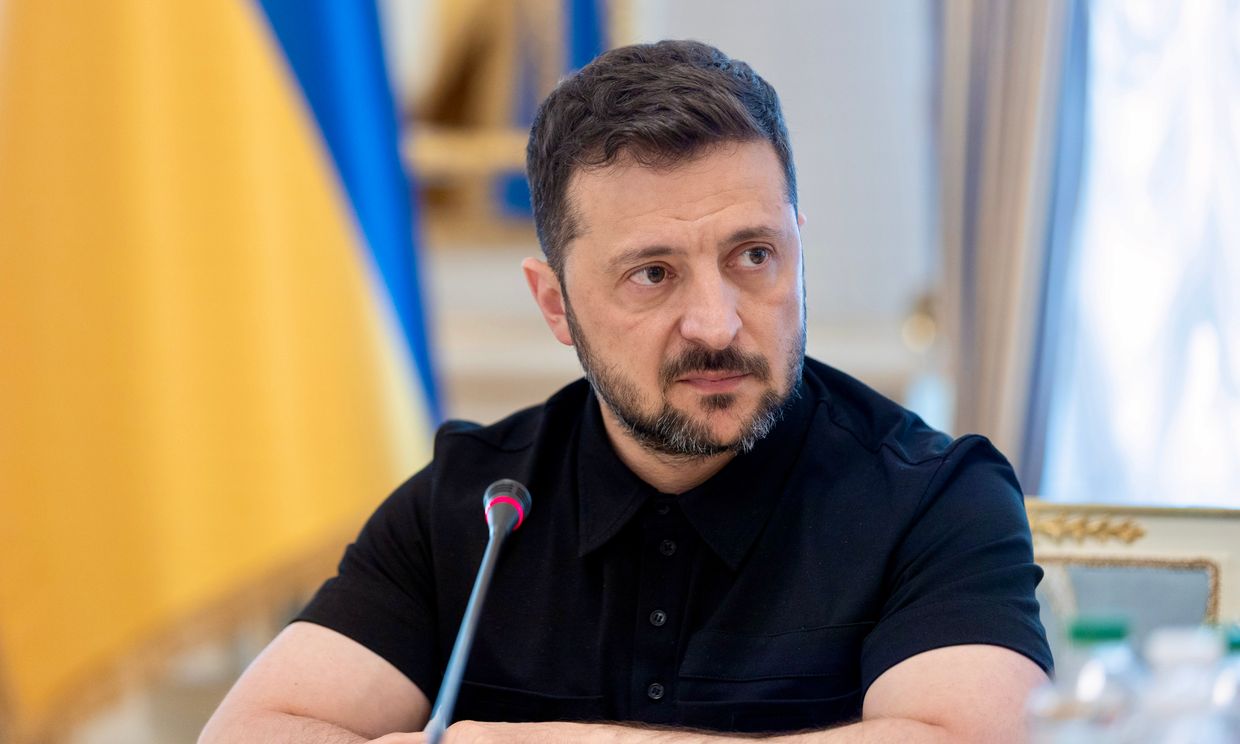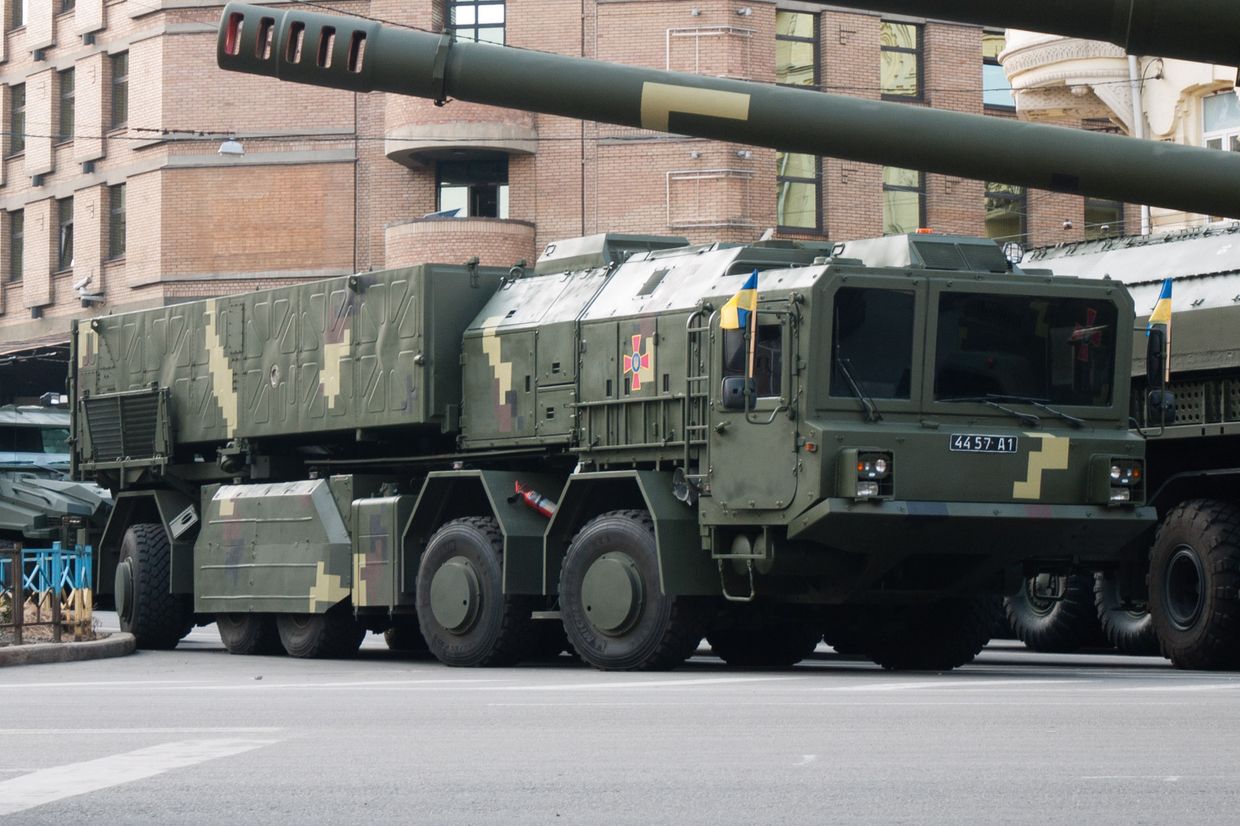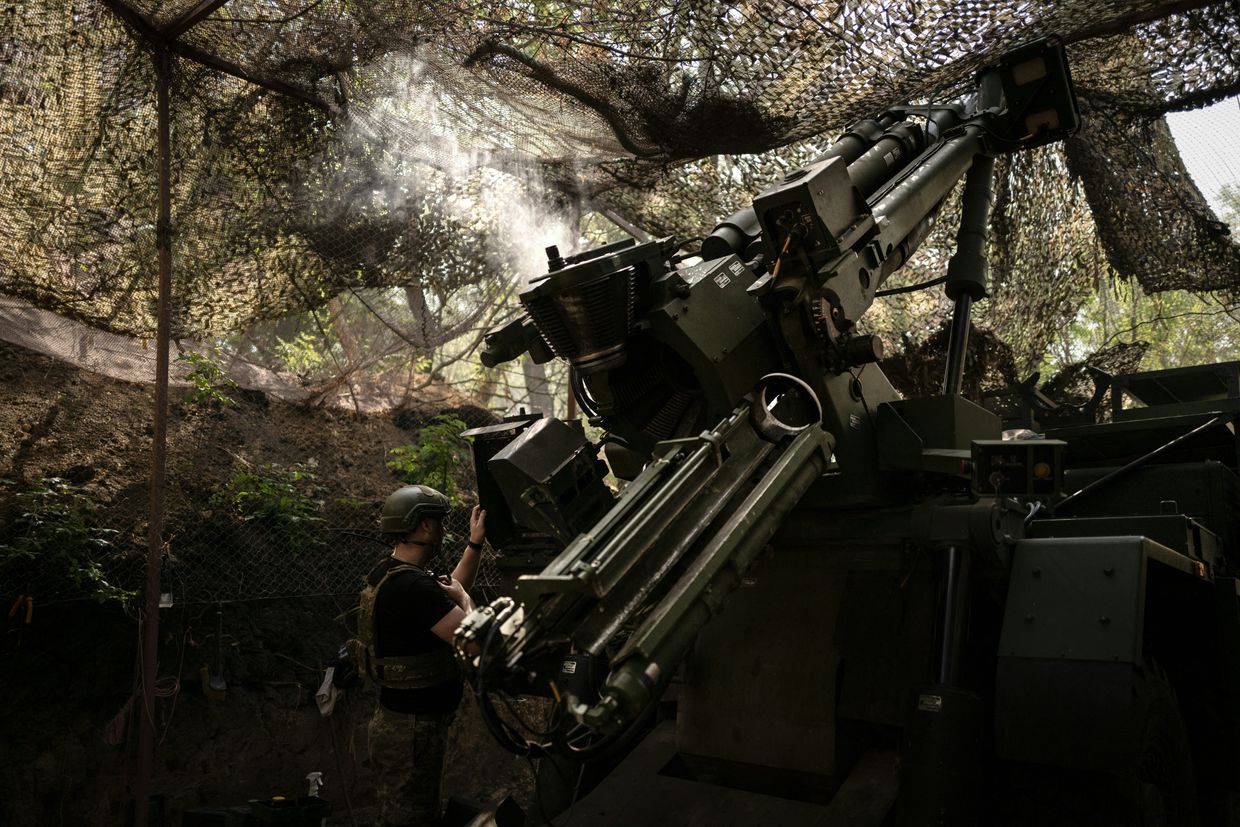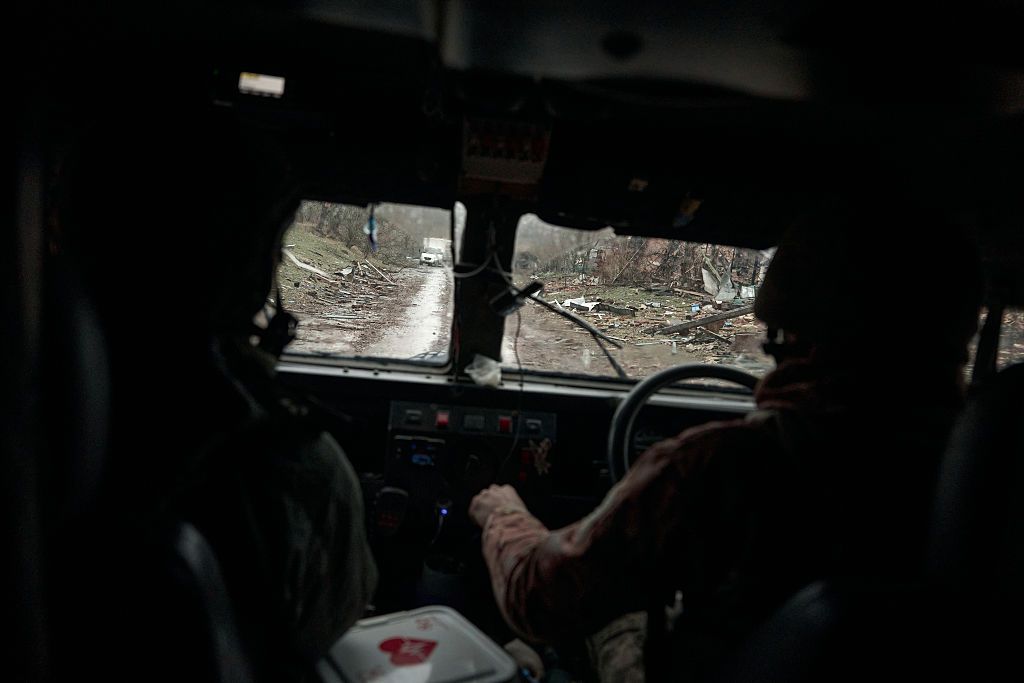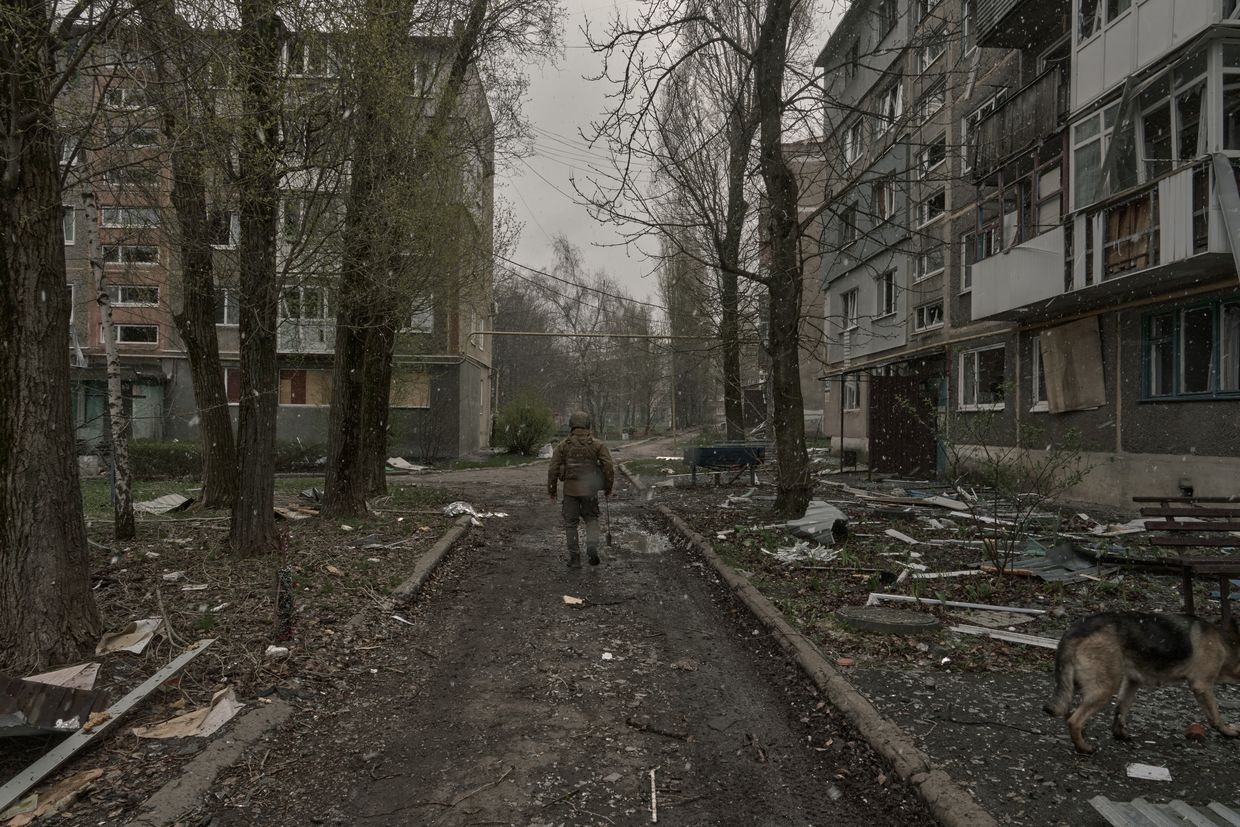President Volodymyr Zelensky signed a bilateral security agreement with his Romanian counterpart Klaus Iohannis on July 11, the Presidential Office announced.
Romania is the latest country to sign such an agreement with Ukraine based on a pledge made by the Group of Seven (G7) in July 2023.
Other states, including the U.S., the U.K., Germany, and France, as well as the European Union, have signed similar bilateral treaties to help Kyiv repel Russia's aggression.
As of July 11, Ukraine has signed 23 bilateral security agreements.
"A key feature of this agreement (are) specific points of cooperation to strengthen security in the Black Sea region," the Presidential Office said.
The announcement also reiterated that Romania will send Ukraine a Patriot air defense system, which was first reported in June.
Additional features of the agreement "cover intelligence and counterintelligence, cybersecurity, information security, humanitarian demining, sanctions, and the recovery and reconstruction of Ukraine."
According to the Kiel Institute for the World Economy (IfW Kiel), which tracks international aid for Ukraine, Romania has allocated 126 million euros ($137 million) in support as of the end of April 2024.
